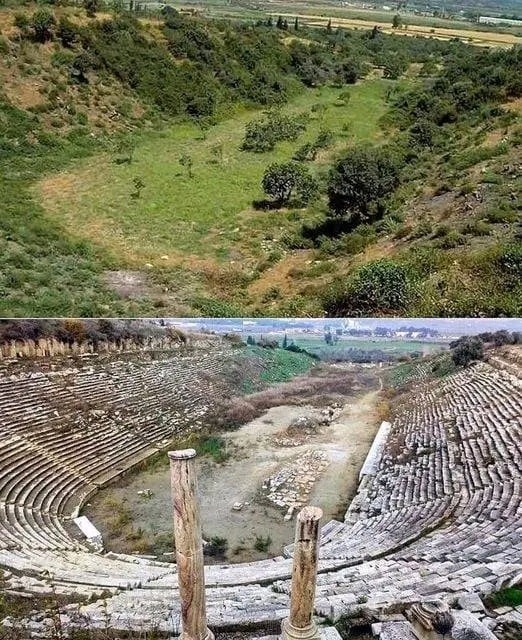The ancient city of Magnesia, situated in the Germencik district of Turkey’s western Aydın province, was famously known as the “city of races.” This title stemmed from the multitude of sporting events organized there in antiquity, which attracted numerous visitors. Today, Magnesia remains a popular destination on many travel bucket lists, drawing in visitors with its magnificent stadium where athletic games, gladiatorial fights, and chariot races were once held.
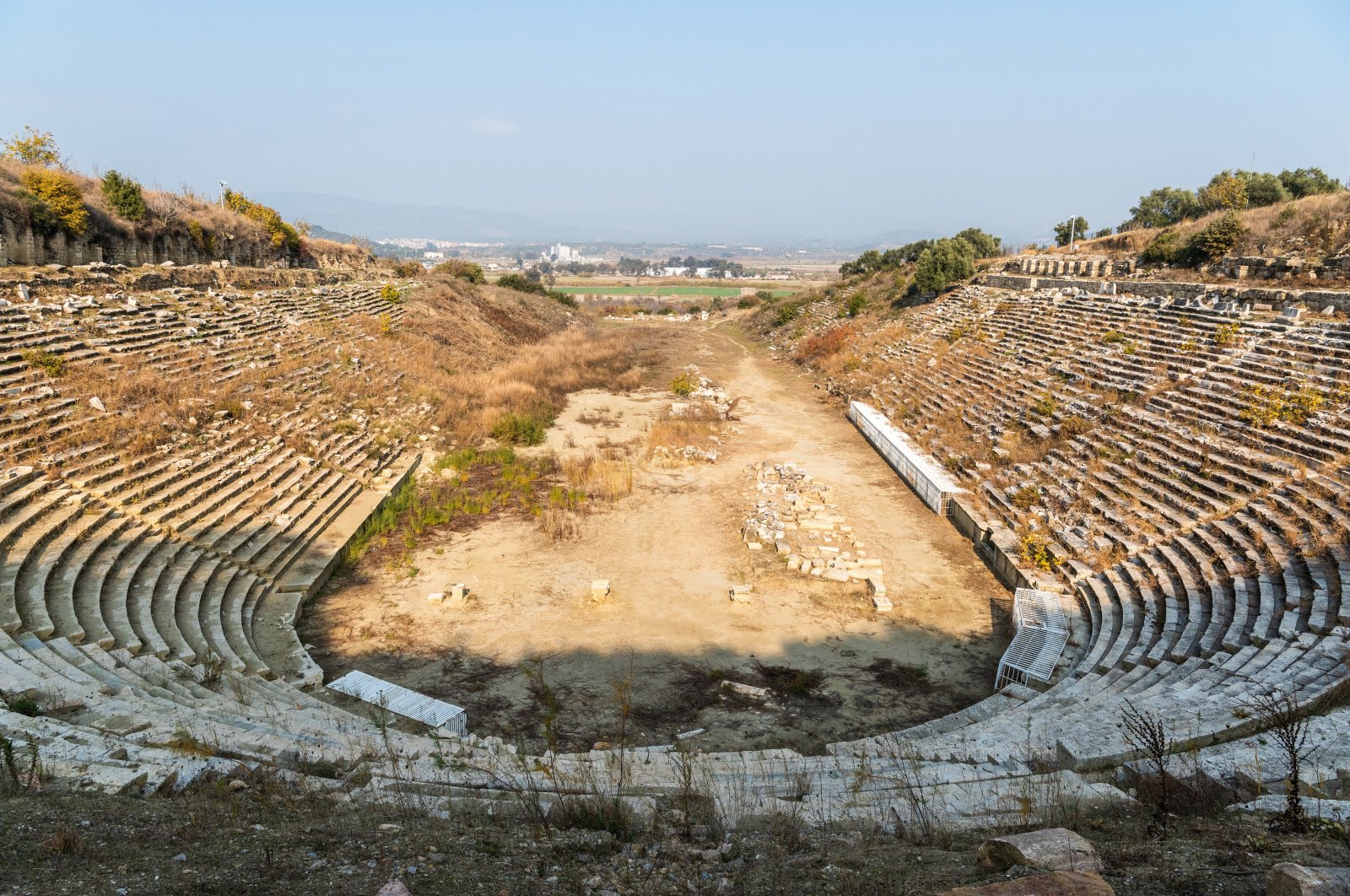
It is believed that Magnesia was founded by the ancient Greek tribe of Magnetes from Thessaly. Although the city was named after the Magnetes, it was later referred to as Magnesia on the Meander (the Büyük Menderes River) to distinguish it from the nearby Lydian city Magnesia ad Sipylum (modern-day Manisa).
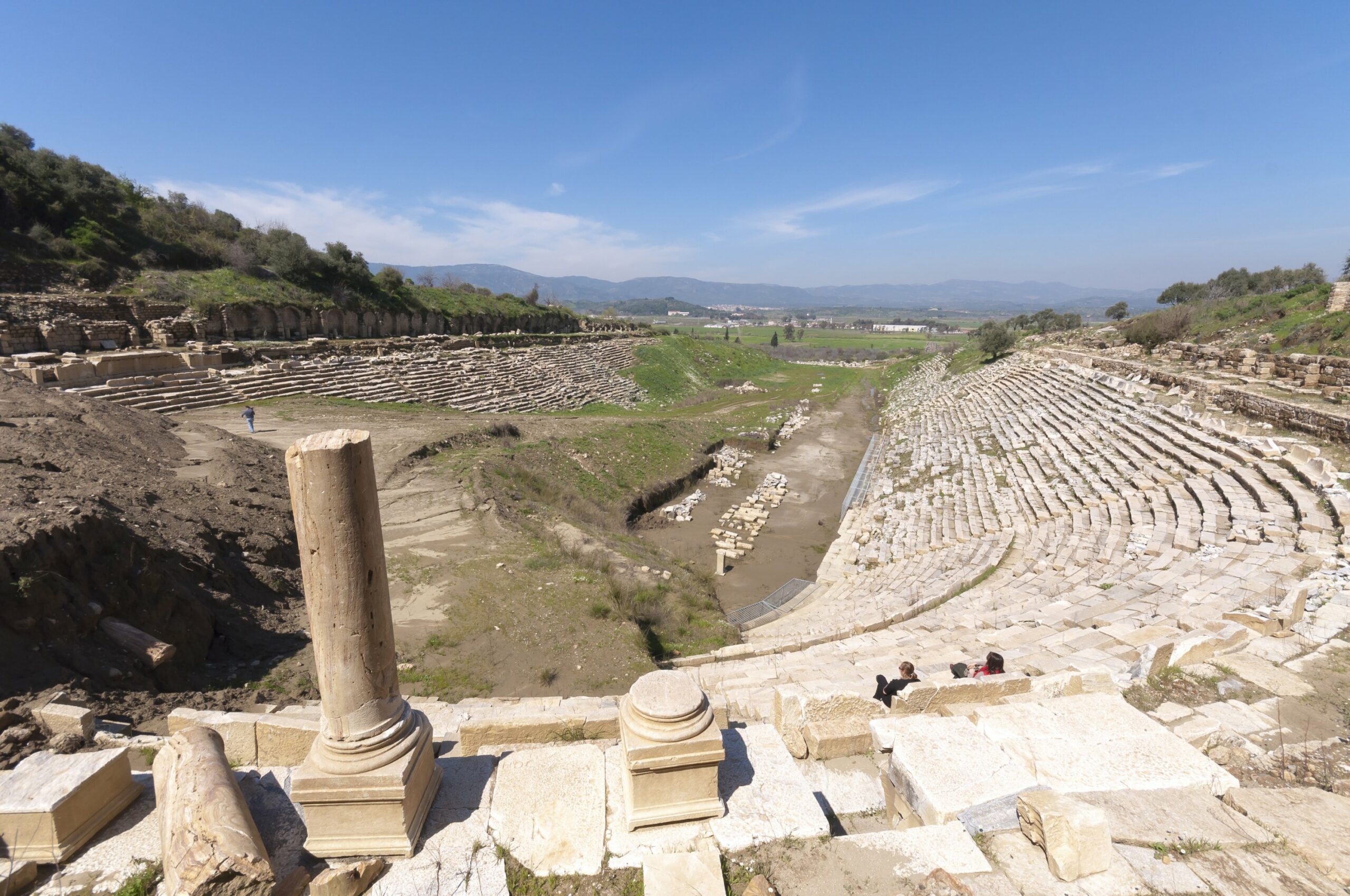
Magnesia was located in Ionia, an ancient region on the central part of the western coast of Anatolia. It is rumored that the Magnetes were of Aeolian origin, which prevented their acceptance into the Ionian League.
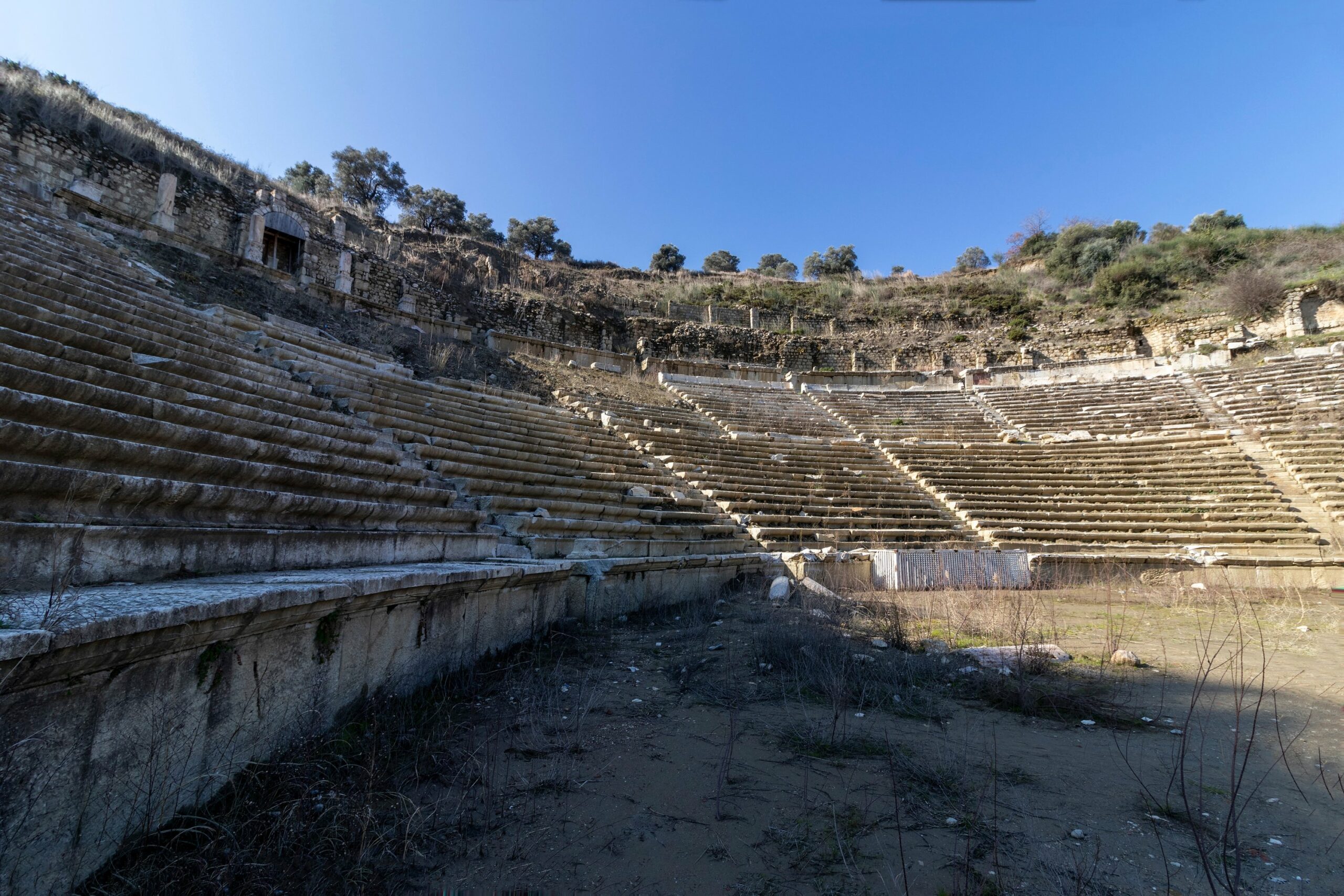
The first excavations in Magnesia were conducted between 1891 and 1893 by a German archaeological team led by Carl Humann. This initial excavation lasted 21 months and partially uncovered the theater, the Artemis temple, the agora, the Zeus temple, and the prytaneion (a place where government officials would meet). In 1984, excavations resumed under the direction of Orhan Bingöl from Ankara University. Bingöl and his teams have gradually uncovered the ancient stadium of the city over many years of work.
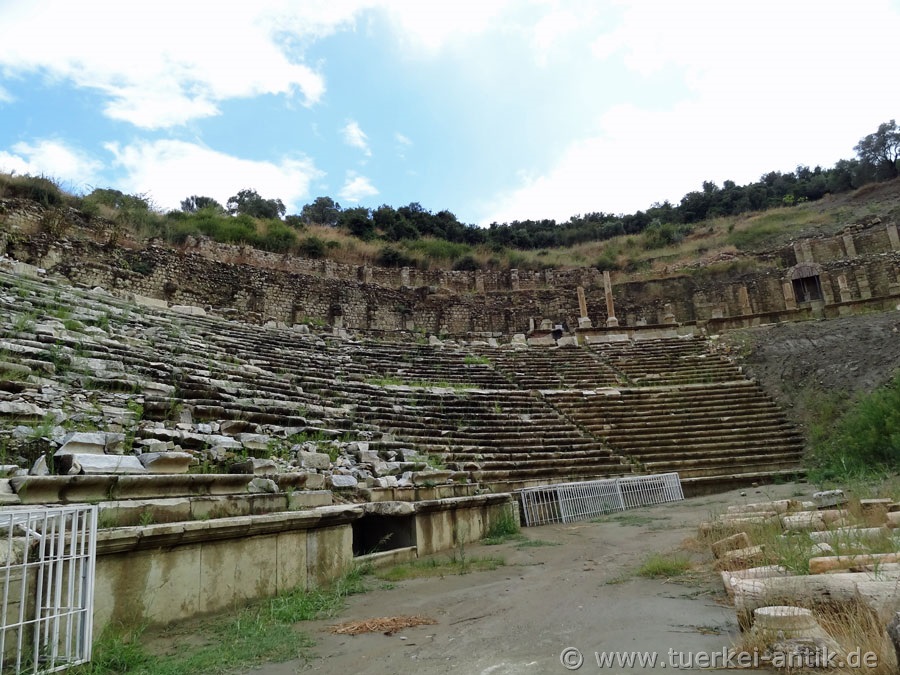
The stadium, with its 30,000 seats, is one of the most imposing and well-preserved ancient stadiums in Anatolia. The track length of the Magnesia Stadium, which is believed to have been used until the 3rd century AD, is 189 meters. Located in the southern part of the ancient city, the stadium features more than 150 reliefs on its arena and podium walls. These reliefs generally depict the competitors, the awards given in the competitions, and the types of competitions held.
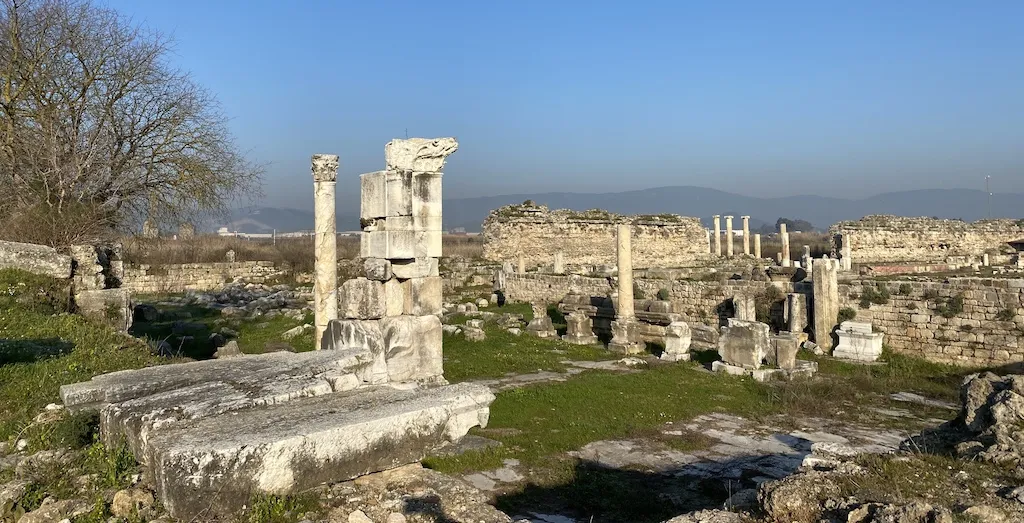
Interestingly, in the Magnesia stadium, which boasts thousands of marble benches, the rows of seats were predetermined for certain groups, similar to today’s seating arrangements. Most of the inscriptions found in the stadium indicate that occupational groups had special places reserved for them. While we may not see the same level of solidarity among tradesmen in modern stadiums, the excavations in Magnesia revealed that craftsmen and occupational associations reserved places to watch the competitions in ancient times. A separate section was also allocated to people with psychological disorders, demonstrating that the people of Magnesia did not exclude them from social life; instead, they allowed them to watch the games from a special section.
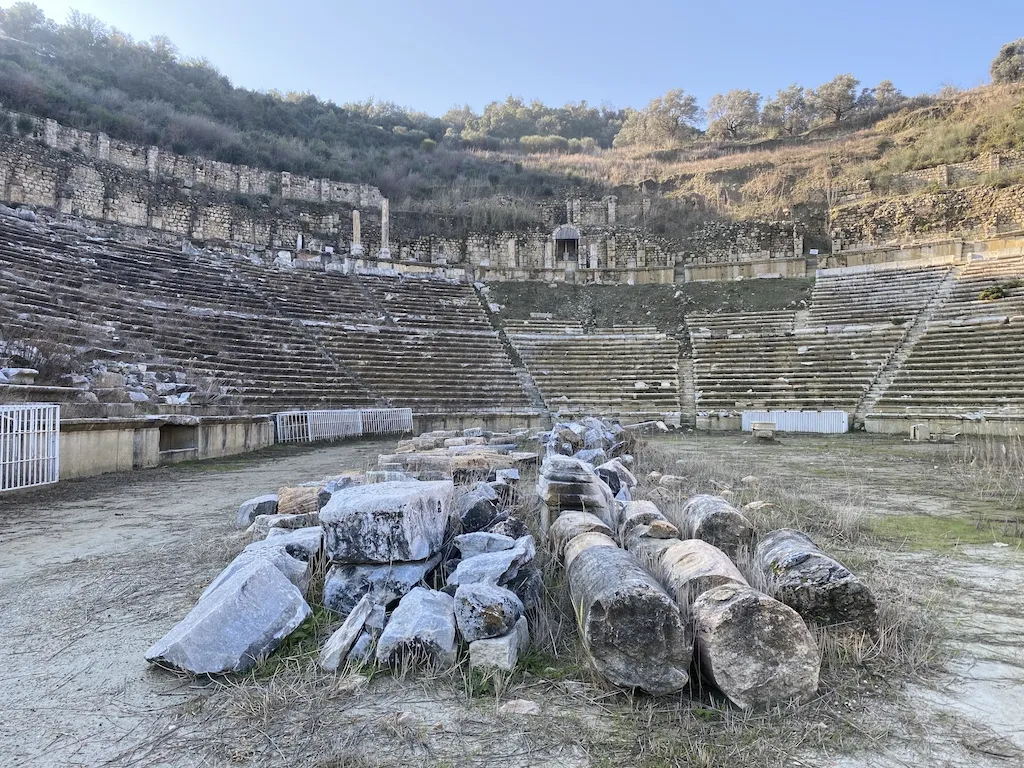
Moreover, the excavations revealed that the Ephesians, who came to support their competitors, had a section of 2,500 seats reserved for them, with inscriptions stating, “these seats are reserved for those who came from Ephesus.” This practice gives us an insight into the origins of the lodge culture that has survived to the present day.



